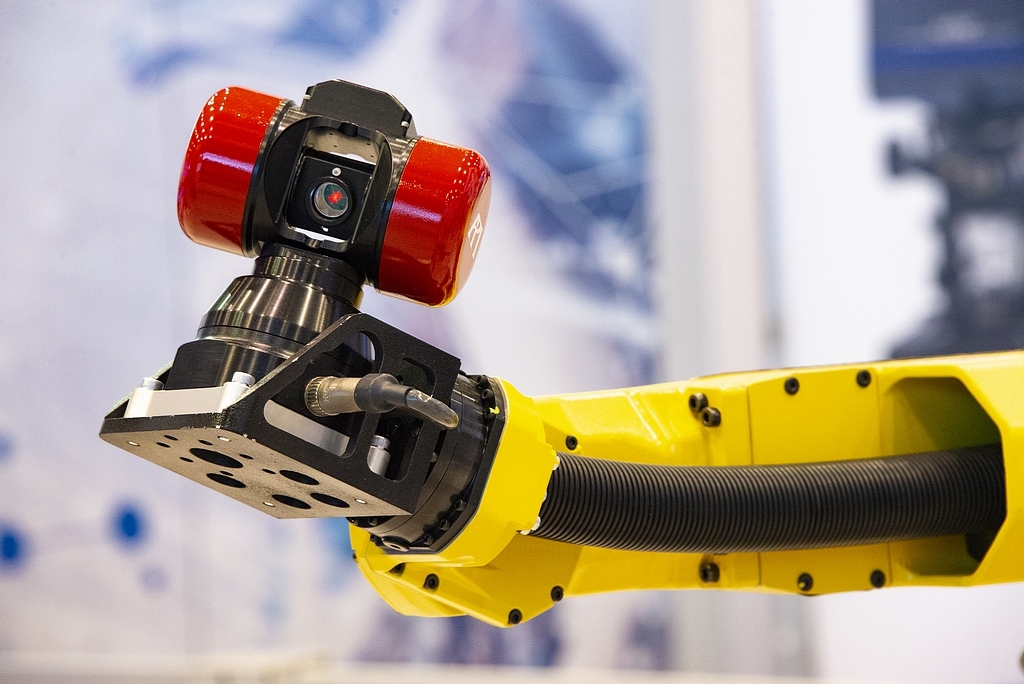Humanoid robots, with their ever-increasing resemblance to humans, are venturing beyond the realms of science fiction and into our everyday lives. From assisting in healthcare to collaborating in factories, these robots promise a future where machines seamlessly integrate into human environments. But how do we objectively assess their capabilities?

Just as we evaluate human performance, humanoid robots require a multifaceted set of performance metrics to gauge their effectiveness and potential. These metrics delve into various aspects of robotic behavior, encompassing physical dexterity, cognitive abilities, social awareness, and even ethical considerations.
The Physical Prowess: Motor Skills & Manipulation
At the core of humanoid robot performance lies its physical prowess. Tests designed to evaluate dexterity measure the robot’s ability to perform intricate movements with precision and control. This can involve tasks like manipulating small objects, assembling complex structures, or performing delicate surgery simulations.
Manipulator performance focuses specifically on the dexterity of the robot’s arms and hands. Metrics like reach range, grasp force, and object manipulation speed are crucial in determining a manipulator’s capability for handling various objects in diverse environments.
Dynamic Stability & Locomotion
A convincing humanoid needs to move gracefully and naturally. Dynamic stability metrics assess the robot’s ability to maintain balance and avoid falling, even during unexpected disturbances or changing terrains.
Locomotion tests evaluate the robot’s speed, agility, and efficiency in navigating various environments. This includes walking, running, climbing stairs, and even performing more complex maneuvers like jumping or balancing on one leg.
Cognitive Capabilities: Perceiving & Understanding
Humanoid robots are increasingly equipped with complex sensing systems, allowing them to perceive and interact with their surroundings.
Perception metrics assess the robot’s ability to accurately interpret sensory data from cameras, microphones, and other sensors. This includes tasks like object recognition, scene understanding, and tracking moving objects.
Cognitive reasoning and planning abilities are crucial for complex tasks that require decision-making and adaptation.
Metrics like problem-solving, path planning, and natural language understanding evaluate the robot’s capacity to learn, reason, and make informed decisions in dynamic situations.
Social Intelligence: Embodied Communication & Collaboration
The future of humanoid robots hinges on their ability to interact naturally with humans. Social intelligence metrics evaluate the robot’s capacity for embodied communication, including facial expressions, gestures, and vocal cues.
Empathy and emotional awareness are crucial for building trust and rapport with humans.
Metrics like conversational fluency, emotional recognition, and appropriate social responses are used to assess the robot’s ability to engage in meaningful and natural human-robot interaction.
Ethical Considerations: Safety, Autonomy, & Bias
As humanoid robots become increasingly sophisticated, ethical considerations come to the forefront.
Safety metrics ensure that the robot operates within predefined safety boundaries and avoids causing harm to humans or property.
Autonomy levels are carefully evaluated to determine the degree of decision-making autonomy granted to the robot, balancing its capabilities with human oversight.
Bias detection and mitigation are crucial to ensure that humanoid robots do not perpetuate or amplify societal biases in their interactions and decisions.
Frequently Asked Questions (FAQs)
Q: How are these metrics standardized?
A: While various organizations and research groups are developing standardized tests and benchmarks for humanoid robot performance, the field is still evolving.
Q: Can a robot truly be "human-like"?
A: The concept of "human-likeness" is complex and multifaceted. While robots can mimic human physical abilities and social behaviors, replicating the full spectrum of human intelligence, emotions, and consciousness remains a significant challenge.
Q: What are the implications of these metrics for the future of AI?
A: Evaluating humanoid robot performance provides valuable insights into the progress of AI research and helps us understand the potential benefits and challenges of integrating intelligent machines into society.
Conclusion: A Journey Towards Human-Machine Symbiosis
Developing a comprehensive set of performance metrics for humanoid robots is crucial for driving innovation, ensuring safety, and fostering responsible development. As technology advances, these metrics will continue to evolve, reflecting the ever-growing capabilities and complexities of these remarkable machines. The pursuit of human-like intelligence in robots raises fundamental questions about the nature of intelligence, consciousness, and our evolving relationship with technology. Ultimately, the journey towards human-machine symbiosis requires a careful and ethical approach, guided by a deep understanding of both human and robotic capabilities.
Closure
Thus, we hope this article has provided valuable insights into Measuring the Man-Machine: Decoding Humanoid Robot Performance Metrics. We hope you find this article informative and beneficial. See you in our next article!